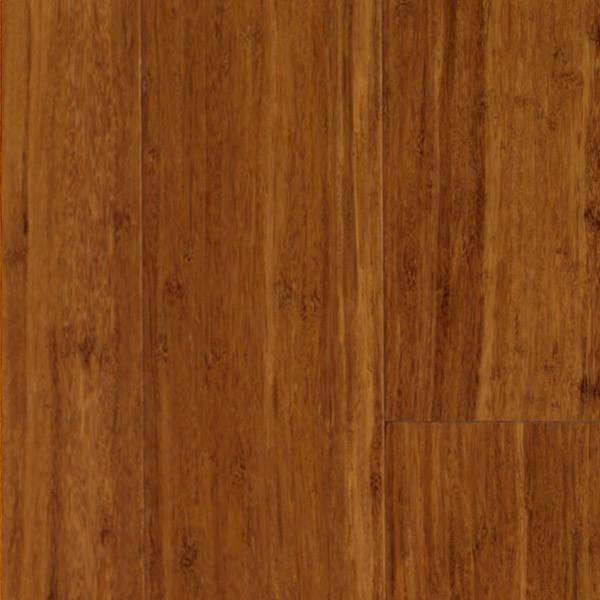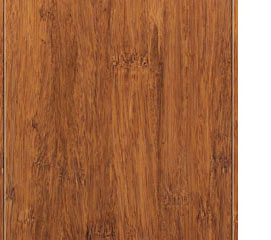Bamboo Flooring 101: A Newbie's Guide
Just about everyone maintains their own unique theory about Bamboo Flooring.
Bamboo flooring is popular for several homeowners due to its advantages. It is available and also sturdy in various shades, from light blond to abundant coffee. It can be subject to staining to match any type of decor. For this reason it has become the significant choiced flooring for business and also homeowners whenever there is requirement for sustainability.
Bamboo just like timber, is prone to dents and also splitting when humidity levels rise and fall.
Are you thinking concerning bamboo flooring for your home? We will certainly also go over the different types of bamboo flooring available on the market.
Types of Bamboo Flooring
There are three fundamental choices: strand-woven, vertical, and horizontal. Property owners can choose which sort of bamboo flooring to acquire based on their attributes. The customer's intended visual impacts the chosen Bamboo flooring kind.
Solid - Upright Bamboo Flooring
Thin strips of completely dry bamboo wood glued up and down and also pressed utilizing high warmth and pressure create this sort of bamboo flooring.
The thinnest side of the bamboo planks will certainly remain in a vertical kind. A firm bonding, pressing, as well as lamination will certainly adhere to. Because of their technique of signing up with, the bamboo strips feature a narrow grain pattern.
The advantage concerning this type of bamboo flooring is that it is sturdy and really economical. Also, it gives a classy and stylish floor finish. It is not extensively available.
Solid - Horizontal Bamboo Flooring
You will certainly observe that this kind is almost the same as upright bamboo flooring. Yet it has a minor variation. Straight bamboo is among the most popular sorts of bamboo flooring.
It is made by drying out massive strips of bamboo, cutting these bigger items into thinner strips, and after that gluing them to create slabs. The boards will then undergo pressure and warmth to ensure they are well secured.
Natural bamboo has a lighter color. While carbonized bamboo will be much less difficult than regular bamboo, if you need a darker color, it might do you great.
Strand Woven Bamboo Flooring
Shredding the bamboo to remove the fibers is among the extra tempting action in generating strand-woven bamboo floors.
The bamboo fiber is typically combined with a glue after it's made to a pulp. The material is after that knitted and also compressed under fantastic warmth, as the name suggests.
After making upright and straight bamboo, the strips serve to produce hair woven bamboo. The eco-conscious customer might discover this function appealing. The factor is that it ensures that the entire bamboo stalk generates very little waste.
Engineered Bamboo Flooring
Both solid as well as crafted bamboo flooring options are offered. Once the bamboo timber fits, it isn't simple to compare them.
However their distinctions are because of their making. Crafted bamboo timber has a thin plywood support.
Whether crafted or solid, bamboo flooring is tough, resistant, and eye-catching.
Engineered bamboo flooring utilizes the drifting wood floor over a slim foam base. They might additionally remain in the form of large planks. As an example, they are offered in widths approximately 19 cm.
Attributes And Also What to Remember When Picking Bamboo Flooring
With a multi-layered coating, bamboo flooring will certainly be quite sturdy. Maintain in mind that future touch-ups may require a much more experienced flooring expert.
Using your finish will make matching repair work simpler once set up in your house. The finish will certainly not last as long as manufacturing facility coatings.
Aside from that, here are some amazing functions of bamboo flooring.
Long lasting
Bamboo flooring is not created equal. There are lots of sorts of bamboo, and the different approaches made use of to turn it into planks influence its toughness.
As such, bamboo, like hardwood flooring, can become susceptible to tear as well as use with time. Additionally, scratching, cracking, as well as various other deterioration might occur. You can additionally sand some bamboo to look like wood, yet not all.
Affordable Upkeep
You can maintain bamboo flooring in good condition by cleansing and damp mopping. So despite being a lot more vulnerable to scratches, bamboo flooring is very straightforward to maintain.
You may obtain bamboo floorings that are comparable to new by sanding them down as well as using a fresh layer of paint.
Eco-Conscious
This flooring comes from a natural plant called the bamboo plant. So when compared to various other tree varieties used to make hardwood flooring, bamboo grows more as well as much faster.
Bottom Line
It's easy to understand why bamboo flooring has ended up being a lot more well-liked nowadays. For nearly any type of house, bamboo uses lots of solid and audio remedies for the environment. Consequently, bamboo floor could be the best alternative for upgrading your flooring.
We will likewise review the various types of bamboo flooring available on the market. Property owners can pick which type of bamboo flooring to acquire based on their traits. Straight bamboo is one of the most prominent types of bamboo flooring.
While carbonized bamboo will certainly be much less tough than regular bamboo, if you require a darker shade, it may do you great. After making horizontal as well as vertical bamboo, the strips serve to create hair woven bamboo.
Bamboo Flooring
Manufacture of Bamboo Flooring
Stranded bamboo is made by shredding the bamboo stalks into small strands, which are compressed into sheets using heat and resin binders, then cut into planks to use as building materials. This form of flooring is available both as tongue-and-groove planks that are nailed down, as well as planks that float over the underlayment. This is a premium form of bamboo flooring, available in many colors.
Horizontal bamboo flooring is manufactured by cutting the strands into thin strips which are then glued together to form planks. This type of flooring has a "grain," since the long stalk fibers are visible in the flooring. This type of bamboo is not as hard or durable as stranded bamboo, but it can have a very striking appearance. It, too, is available both in nail-down planks and as floating floor planks.
Engineered bamboo flooring is made by bonding a thin layer of bamboo onto a plywood or MDF core. This flooring is comparable to engineered hardwood and is installed in the same way—usually with click-lock planks that float over a foam underlayment. It is the least expensive (and least durable) form of bamboo flooring, and it cannot be refinished.
Unless it is stained, most bamboo flooring has a natural blonde or amber color that resembles unfinished maple or birch, but darker tones are available through a process called carbonizing, which entails subjecting the planks to high temperatures. While the color can be very attractive, carbonized bamboo is softer than uncarbonized forms, and is more susceptible to scratching.
Eco-Friendliness
Environmentally conscious consumers are often drawn to bamboo as a wholly renewable resource. Unlike the hardwood lumber industry, where trees can take decades to mature, bamboo stalks grow so fast that there is little environmental liability to the harvest practices. Moreover, bamboo stalks that are cut simply continue to grow and replenish themselves so that they can be harvested.
But the manufacturing process creates other environmental concerns. Bamboo floor planks are manufactured by slicing or shredding the stalks of bamboo grass plants and then compressing the pulp back together using heat, pressure, and a resin-based adhesive identical to those used in many other flooring products. This adhesive often contains urea-formaldehyde that can outgas into the air.1
The level of adhesive used and the amount of toxins emitted will vary, depending on how the bamboo planks are manufactured. Cheaper products may contain more formaldehyde, while more expensive products may use alternative materials in the resins. The amount of formaldehyde used in bamboo flooring is similar to that found in engineered hardwood flooring or MDF sheathing, and it tends to be a problem only for sensitive individuals.2 But if this concerns you, look for bamboo products labeled as formaldehyde-free.
Bamboo Flooring Cost
This material is priced at about the same level as most hardwood floors. You can find bamboo flooring products ranging from about $2 to $8 per square foot, with a national average of $3.84 per square foot. Installation costs for bamboo flooring are much the same as for hardwood flooring. On average, figure on adding about $4 per square foot for installation labor in addition to the cost of materials. You should be able to get a good-quality bamboo installed for less than $10 per square foot, including materials and labor.
https://www.thespruce.com/benefits-and-drawbacks-of-bamboo-floors-1314694

Do you appreciate reading about Bamboo Flooring? Place a remark further down. We would be pleased to see your thoughts about this piece. In hopes that you come back again before long. If you please take the time to distribute this article if you appreciated it. We value reading our article about How to Clean Bamboo Floors.